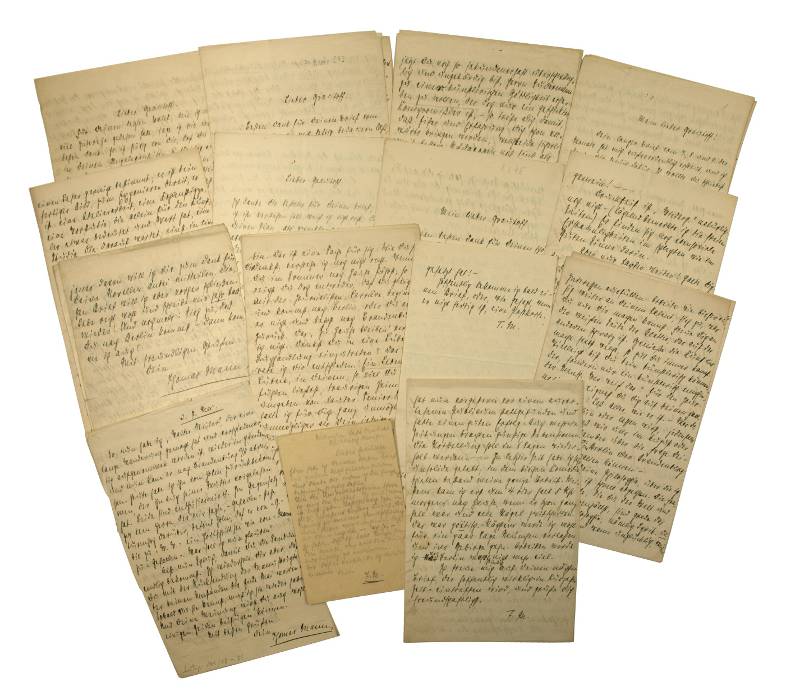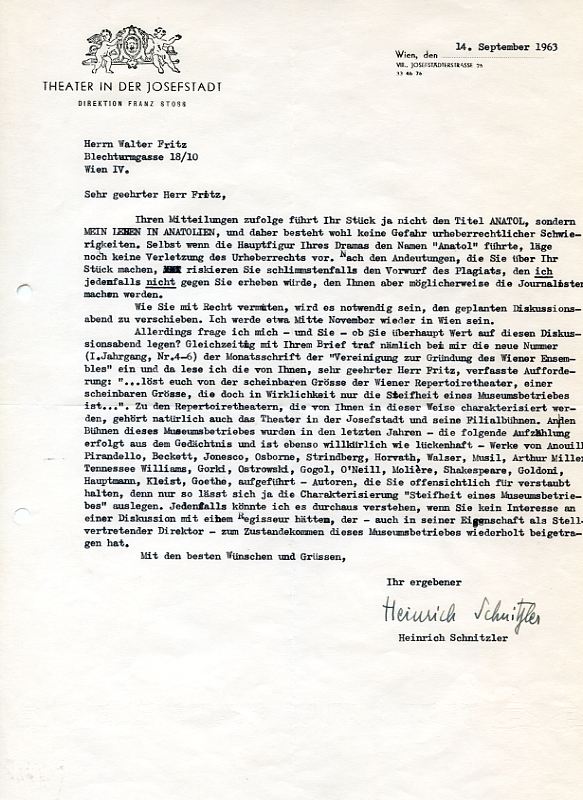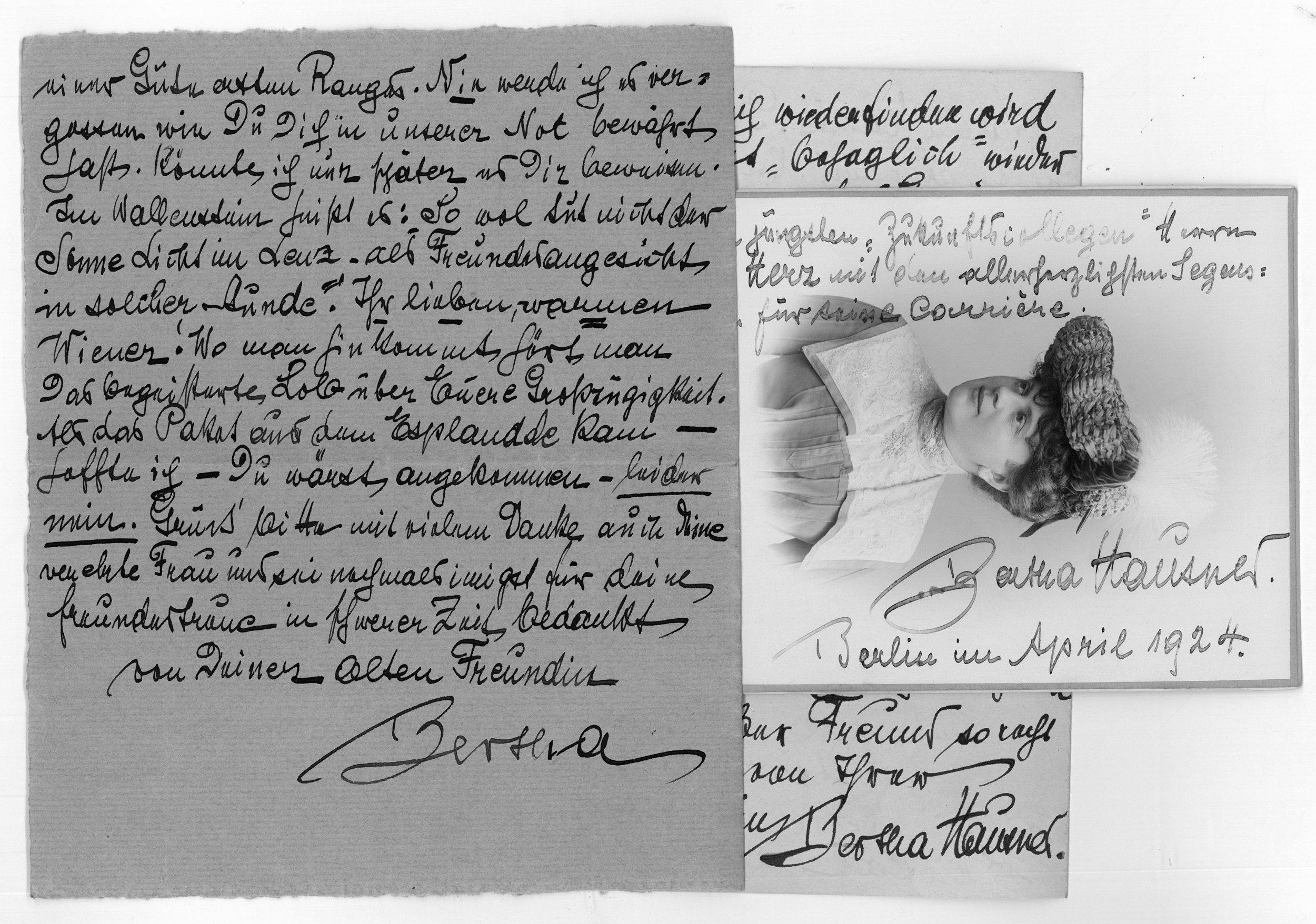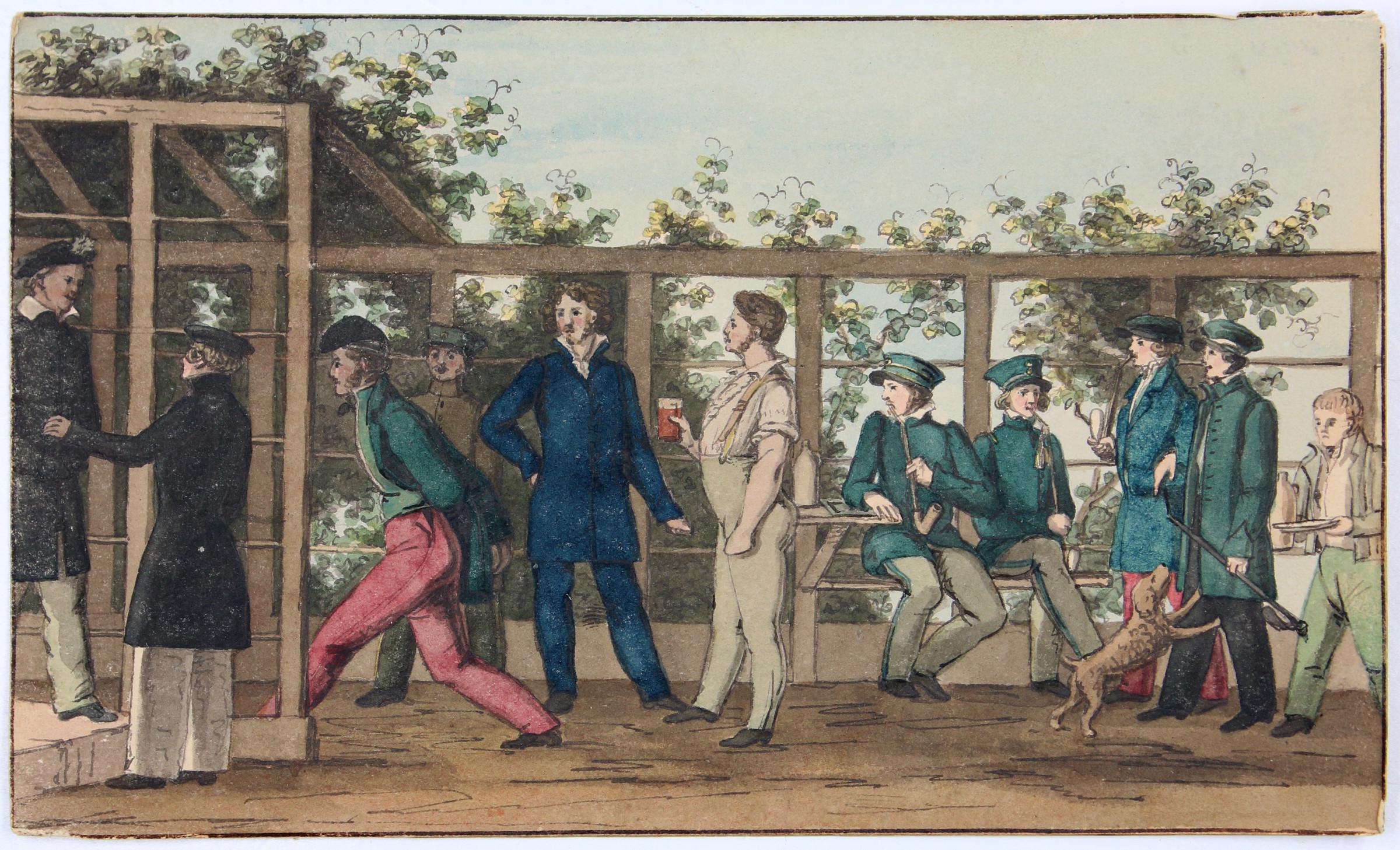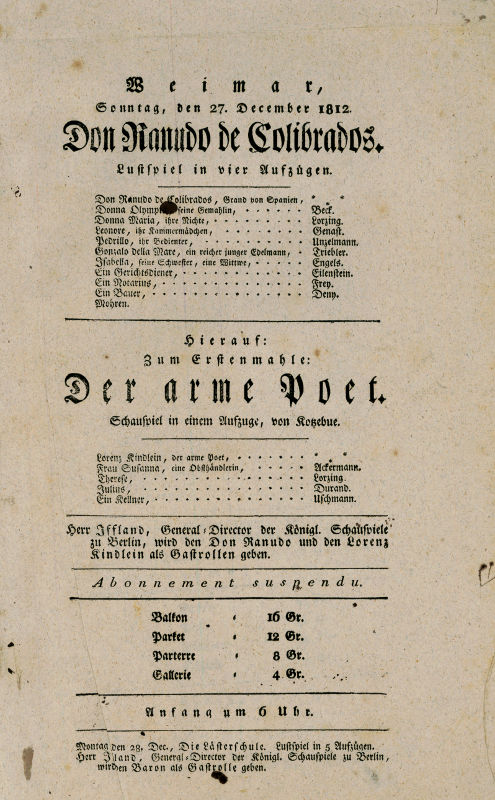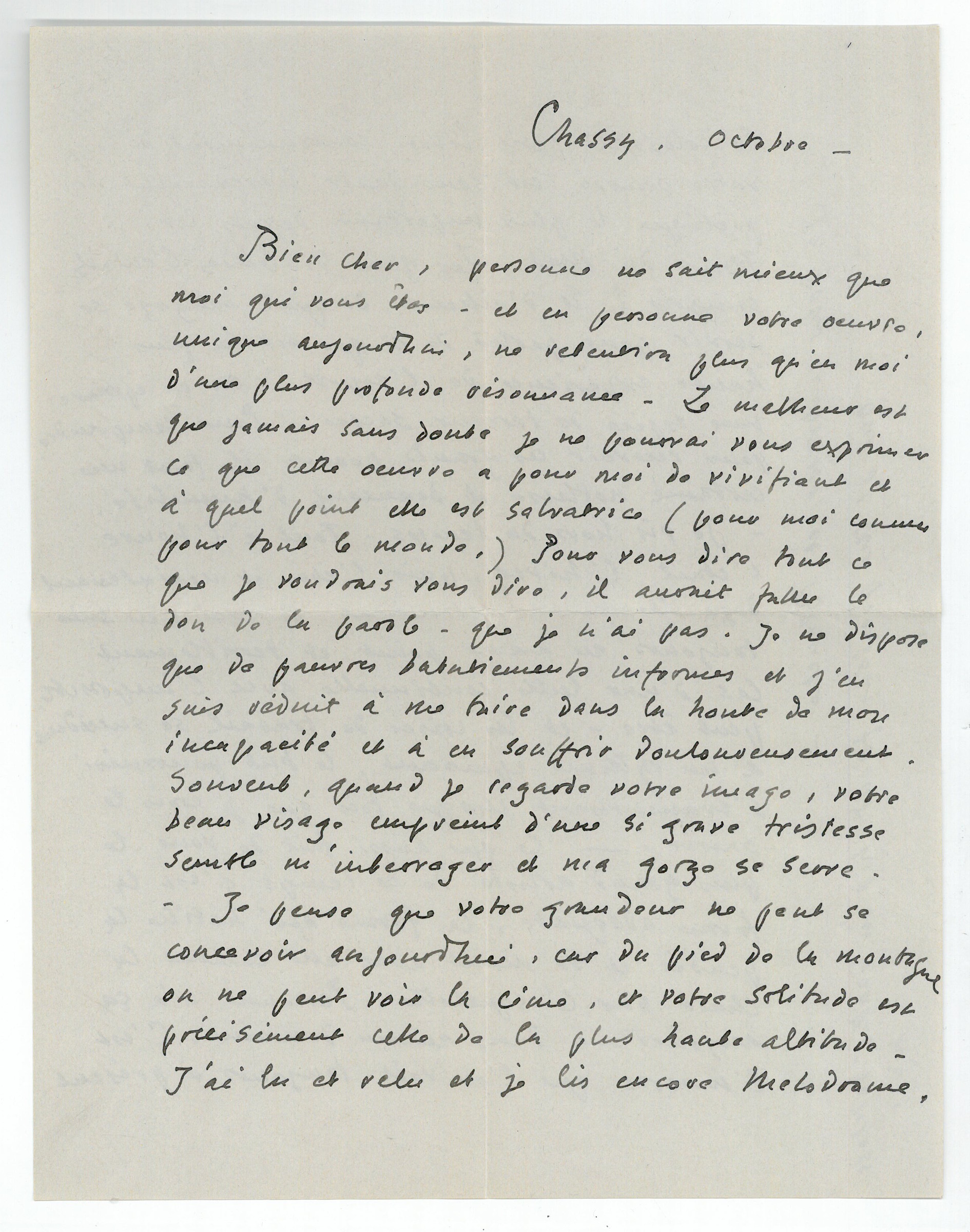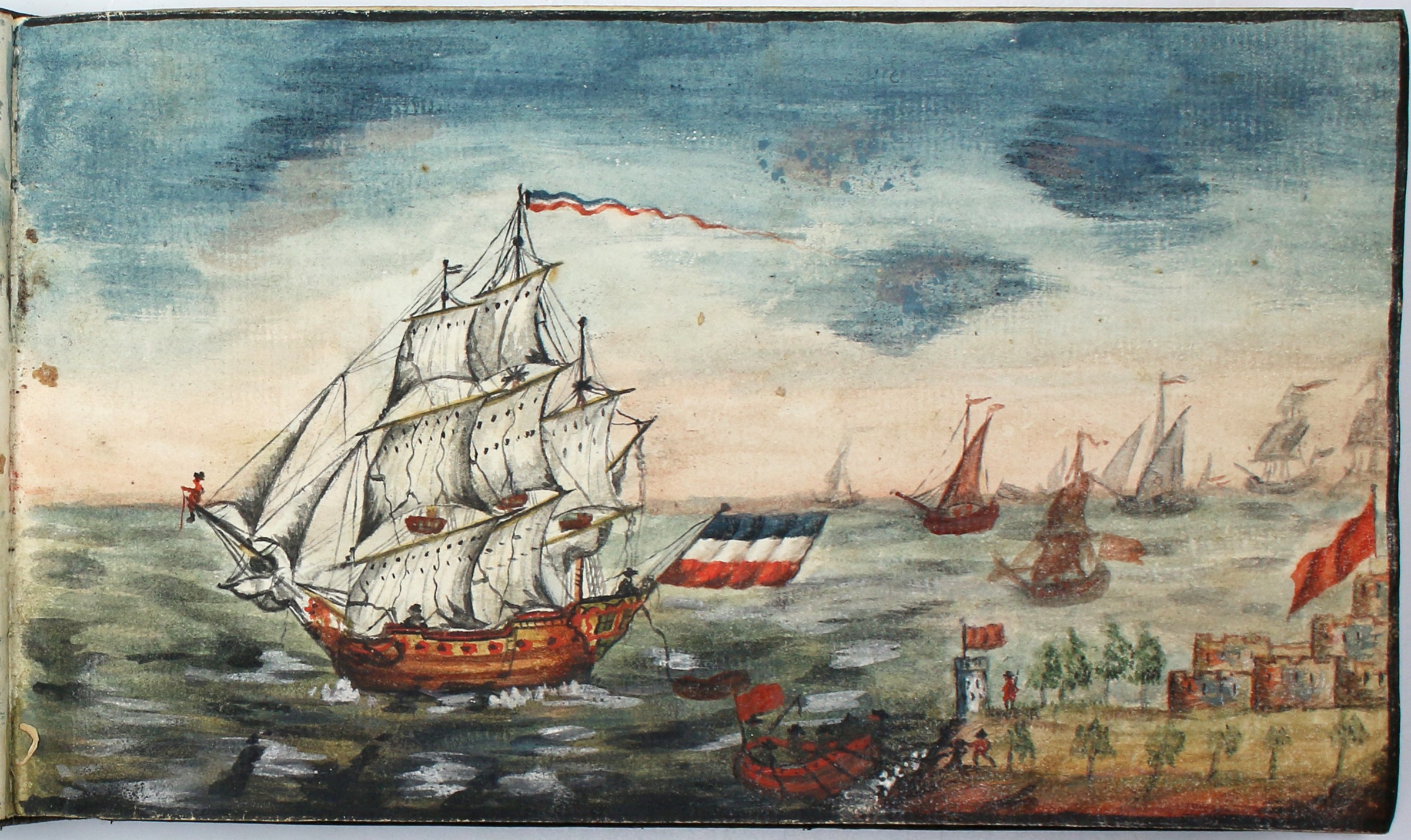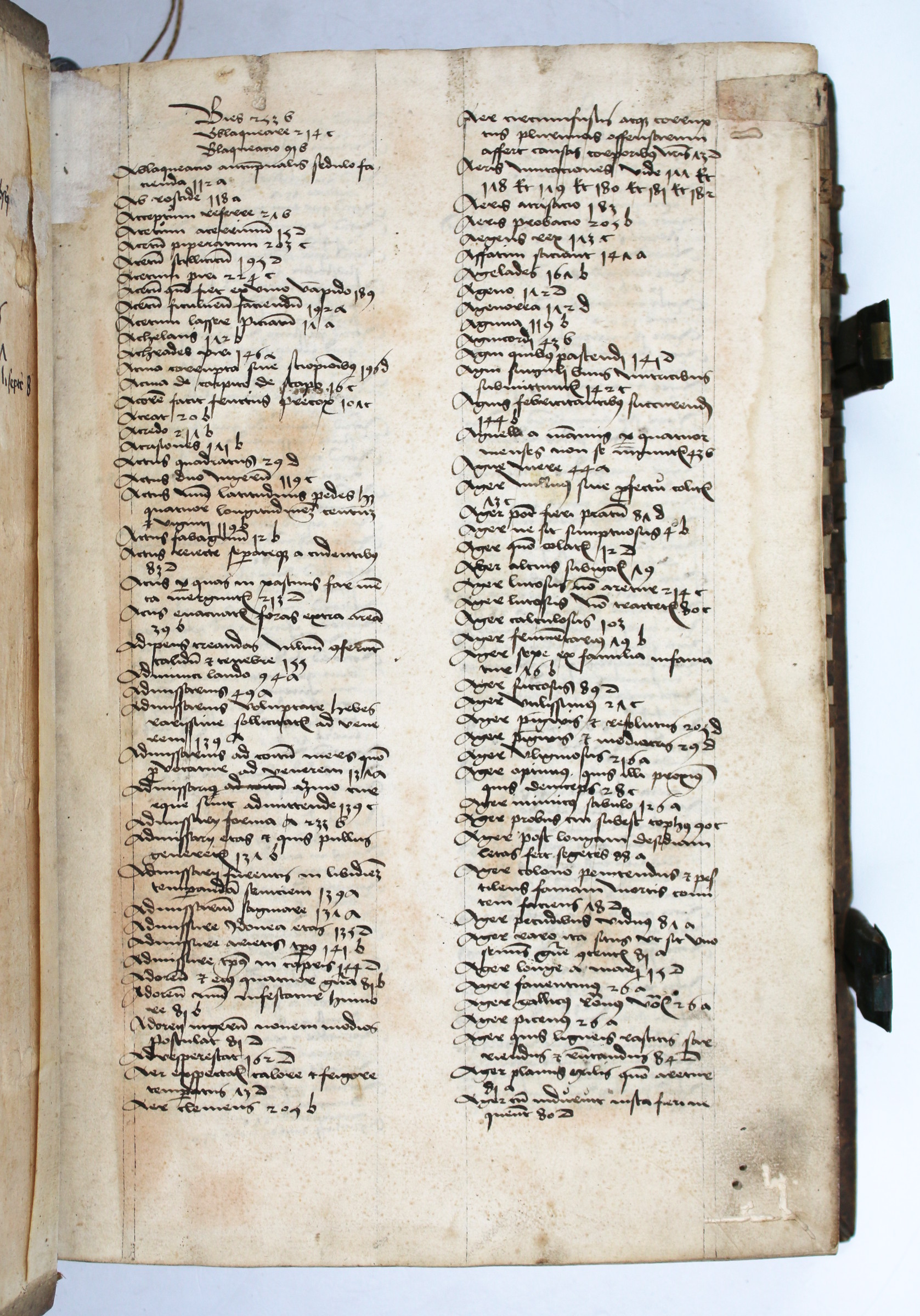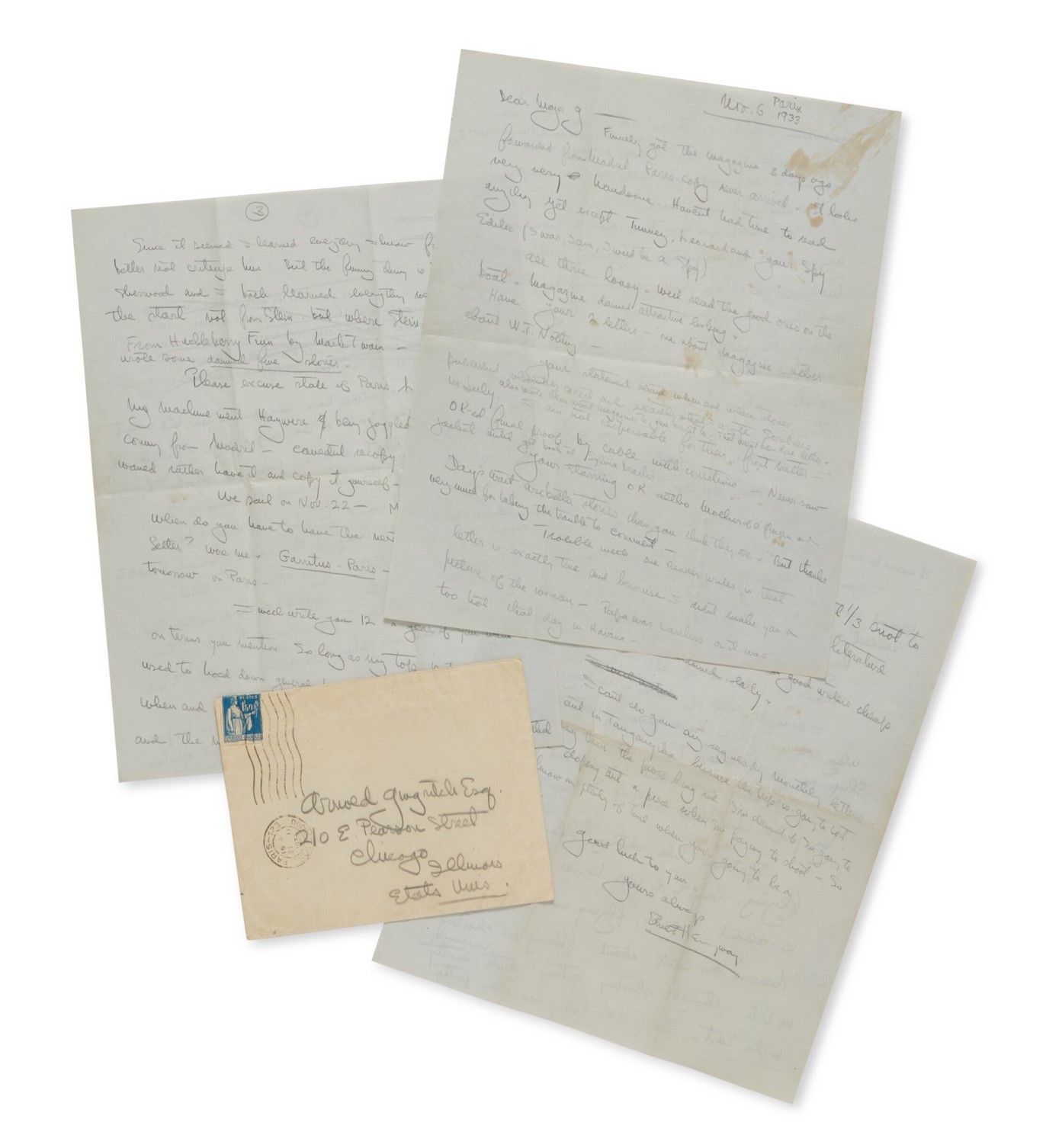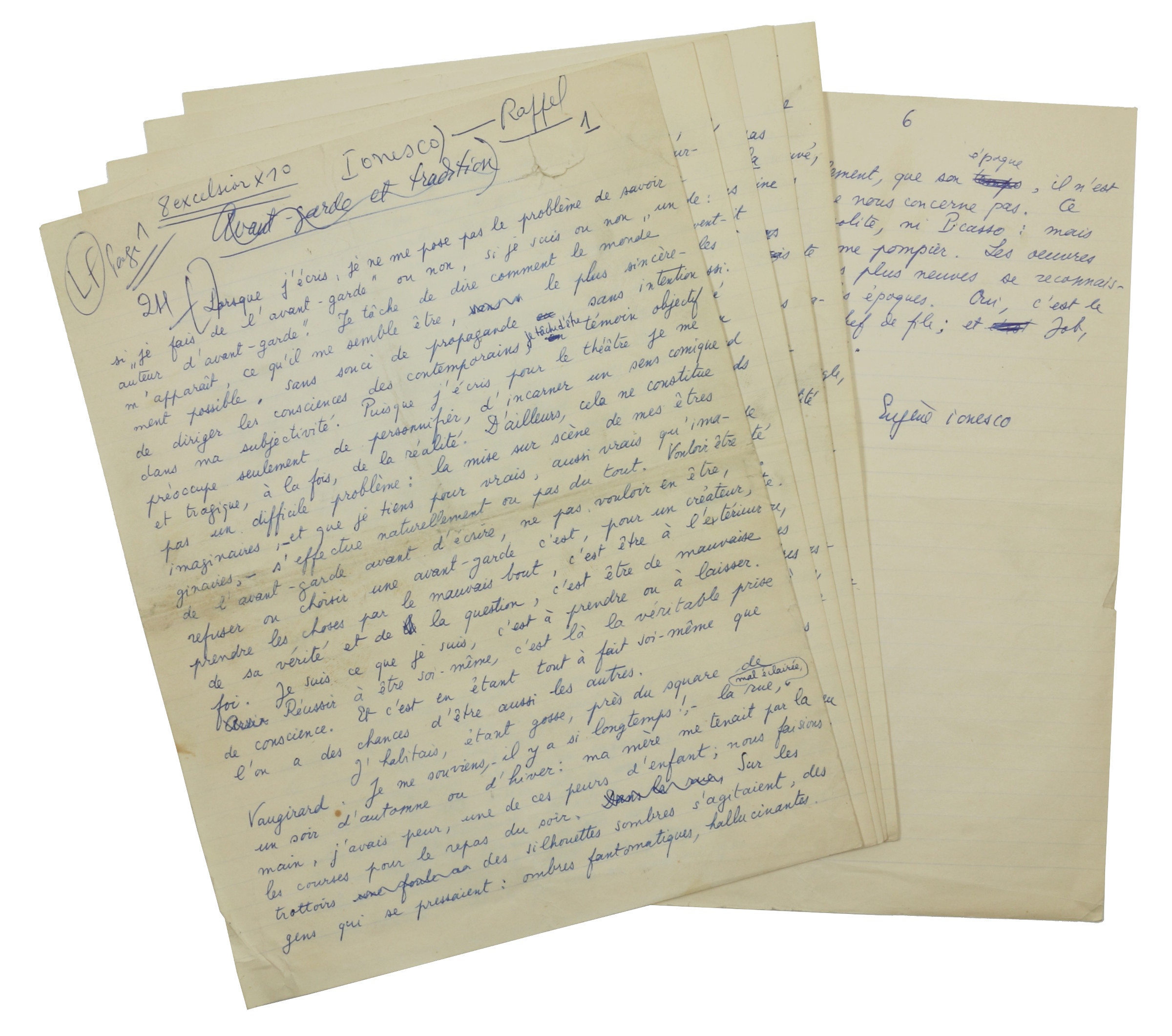
Very rare first edition of "the first systematic study to address explicitly and exclusively the universal education of women", commissioned by Henry VIII's wife, Catherine of Aragon, who was at the time rearing her own daughter, Mary Tudor. Translated and adapted by numerous followers, Vives' treatise would go on to be read in almost every European vernacular, often by women themselves. The first edition, however, is rare in census and in commerce - and contains passages, particularly on chastity and intellectual capacity, which were entirely re-written in later incarnations. A fundamental document for the role of women in Early Modern society - and particularly in Early Modern England - this copy is especially remarkable for its state of preservation. An early reader of Vives has here added his own comments to the chapters on the seclusion of maidens and examples of feminine virtue.
"De Institutione Foeminae Christianae" consists of 3 books, one for each stage of woman's life: maidenhood, marriage, and widowhood. In his preface to Queen Catherine, Vives quotes Aristotle to the effect that states which do not provide for the education of women deprive themselves of a great source of their prosperity; yet as Charles Fantazzi points out, Vives is in fact here caught in a delicate double bind, "insistent on a subordinate, submissive role for women, the text must take care to expound its message not only without alienating the queen but rather, indeed, with the goal of winning her favour." Despite its dedication and although Vives specifically adapts his prose style for a female readership, the treatise is hardly pro-woman: "the 'Education' is determined to be both a reference book for men on how to control their women, as well as an edifying treatise for women to absorb as a source of proper behaviour" (Kolsky). Nevertheless, Vives' praise of women's intellectual capacity and his advocation of some form of universal learning for females are viewed as landmarks for modern historians of women and gender.
According to Fantazzi, "'De Institutione' enjoyed an enormous popularity and was generally regarded as the most authoritative statement on this subject throughout the sixteenth century, especially in England, where it found favor with Catholics and Protestants alike. There can be no denying that merely by attaching such importance to the education of women, Vives laid the groundwork for the Elizabethan age of the cultured woman." It was rapidly translated into English, enjoying some nine editions in that language during the 16th century alone (cf. Higginbotham, p. 69). According to Pollie Bromilow, the dozens of vernacular translations were partly aimed at women themselves, who had no knowledge of Latin; and thus a large segment of its readership during the 16th century was in fact female. Appearing in an undated edition as early as 1528 or 1529, the English translation is rather an adaptation of Vives' text begun by Thomas More but completed by his household tutor, William Hyrde, who must have used the present edition in its preparation.
In 1538 Vives brought out a revised Latin edition reflecting many changes to the original text. This is the edition most commonly cited by scholars, probably thanks to its greater availability. The sections on maidens and the preservation of maidenhood (in all its meanings), however, were substantially re-written - notably, treating many of the same subjects which interested the annotator of the present copy! Chapter 6, on virginity, for example, "was subjected to a complete revision, so that it bears little resemblance to the first published version. It is obvious that Vives struggled over the proper approach to this topic. In the original version, he suddenly abandons his more discursive style for a rather personal and, one might add, paternalistic tête-á-tête with a young woman" (Fantazzi, p. 18). Vives' views on women's intellectual capacities also develop between the two editions.
At the outbreak of the Reformation Vives was a close friend of Erasmus, who had commissioned him to write a commentary on Augustine's "City of God" in 1521. Perhaps seeking refuge from the political and religious turmoil of Europe, Vives turned his attention to England from this point onward. He dedicated his edition of "De Civitate Dei" to Henry VIII in 1522, and already in May of 1523 was able to present a manuscript of his "De Institutione Foeminae Christianae" to Queen Catherine in person. At Henry's court he grew close to the circle of Thomas More and produced a further educational treatise, "De Ratione Studii Puerilis". Thanks to his growing opposition to Henry VIII's divorce proceedings, however, Vives was placed under house arrest by Cardinal Wolsley from February to April 1528, and upon his release sensibly fled the country - only to return briefly later that year in the role of Catherine's legal adviser.
Provenance: later stamp of the Harrach Library on title-page. The collection originated as the personal library of Graf Ferdinand Bonaventura von Harrach, Austrian envoy to Spain (1637-1707), and explains the characteristically Spanish binding on the present example. Ferdinand's son Aloys followed in his father's footsteps; but after his death in 1742 the collection was transferred back to the remaining Harrach family in Vienna. Finally, the collection wound up in the family castle 'Schloss Bruck an der Leitha', in Lower Austria. We have handled numerous other Harrach copies, which seem to have formed a cohesive 'personal reference library' of 16th and 17th century works for this seventeenth century statesman.
A very good copy. OCLC shows just four copies in American institutions: Harvard, the Massachusetts Center for Renaissance Studies, Yale, and the Huntington.


